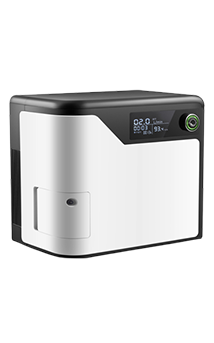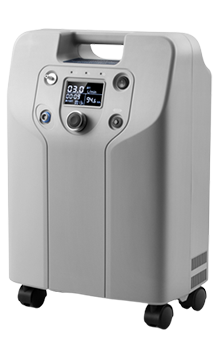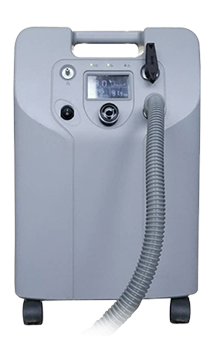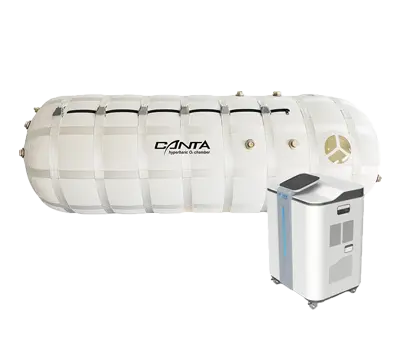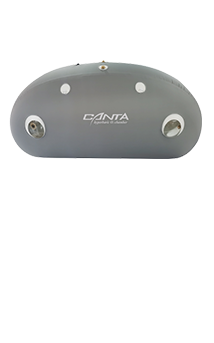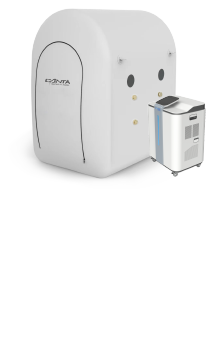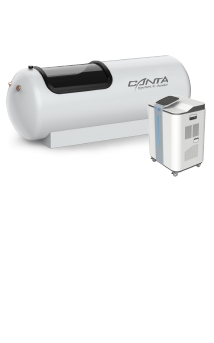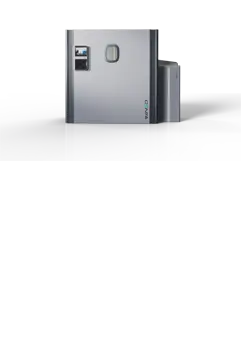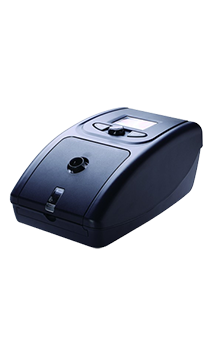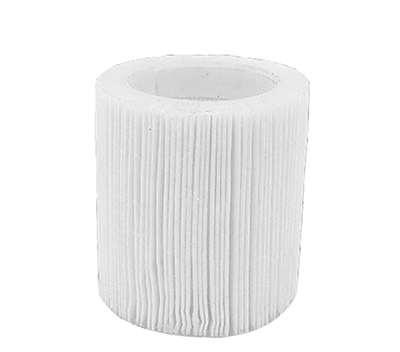When choosing a portable oxygen concentrator, there are many factors to consider to ensure the device meets your needs. Portable oxygen concentrators come in various types, and understanding their features and differences is critical for making an informed choice. Below are key aspects to help you select the most suitable portable oxygen concentrator.
Types of Portable Oxygen Concentrators: Healthcare vs. Medical
When choosing aportable oxygen concentrator, understanding the type of device is crucial. Portable oxygen concentrators are generally categorized into healthcare and medical types. Healthcare portable oxygen concentrators are mainly used for general health and wellness and typically do not provide a stable high concentration of oxygen. Their oxygen concentration decreases with increased flow rate and cannot maintain the standard of 90% or above. In contrast, medical portable oxygen concentrators are approved by the National Medical Products Administration as medical devices. They have strong oxygen production capabilities, maintaining oxygen concentration consistently above 90%, suitable for patients who need high-quality oxygen therapy. Medical portable oxygen concentrators can provide effective oxygen support in out-of-hospital environments, which is particularly important for treating chronic obstructive pulmonary disease (COPD).
Key Parameters for Choosing a Portable Oxygen Concentrator
When selecting aportable oxygen concentrator, it is essential to understand its parameters. The following parameters can help you make a more suitable choice:
Oxygen Concentration
Oxygen concentration is a key standard for distinguishing between types of portable oxygen concentrators. The oxygen concentration of healthcare portable oxygen concentrators decreases with increased flow rate, potentially dropping to 30% at the highest setting, far below medical standards. The portable medical oxygen concentrator can always maintain an oxygen concentration of 90% or above, unaffected by flow rate changes, providing stable oxygen therapy. This type of device is particularly suitable for patients needing long-term oxygen therapy, such as COPD patients, and performs well in home oxygen therapy.
Continuous Oxygen Supply Capability
When selecting a portable oxygen concentrator, consider its battery life and durability. Ensure the concentrator can provide continuous high-concentration oxygen during outdoor activities, meeting oxygen therapy needs for more than 15 hours per day. It is advisable to choose those with sufficient battery life and the option to equip spare batteries. Portable oxygen concentrators should have simple and quick battery replacement so that elderly people or patients can operate them easily.
Device Weight
Portable oxygen concentrators' weight directly affects ease of use. Since these devices are typically used outdoors, choosing a lightweight portable oxygen concentrator can reduce the burden of carrying. The weight of the device should be designed reasonably so as not to impose excessive pressure on the body during prolonged carrying.
After-sales Service for Portable Oxygen Concentrators
Many people may overlook the importance of after-sales service when choosing a portable oxygen concentrator. For patients who need long-term oxygen therapy, frequent use of the concentrator means that its maintenance and upkeep are also very critical. Ensure that the portable oxygen concentrator you choose offers comprehensive after-sales support, including warranty services and repair support. Good after-sales service can provide timely assistance, ensuring the device is always in optimal condition during use.
 EN
EN  ja
ja  ko
ko  fr
fr  de
de  es
es  it
it  ru
ru  pt
pt  ar
ar  tr
tr  th
th  da
da  fa
fa  pl
pl  ro
ro  hu
hu  el
el  af
af 


